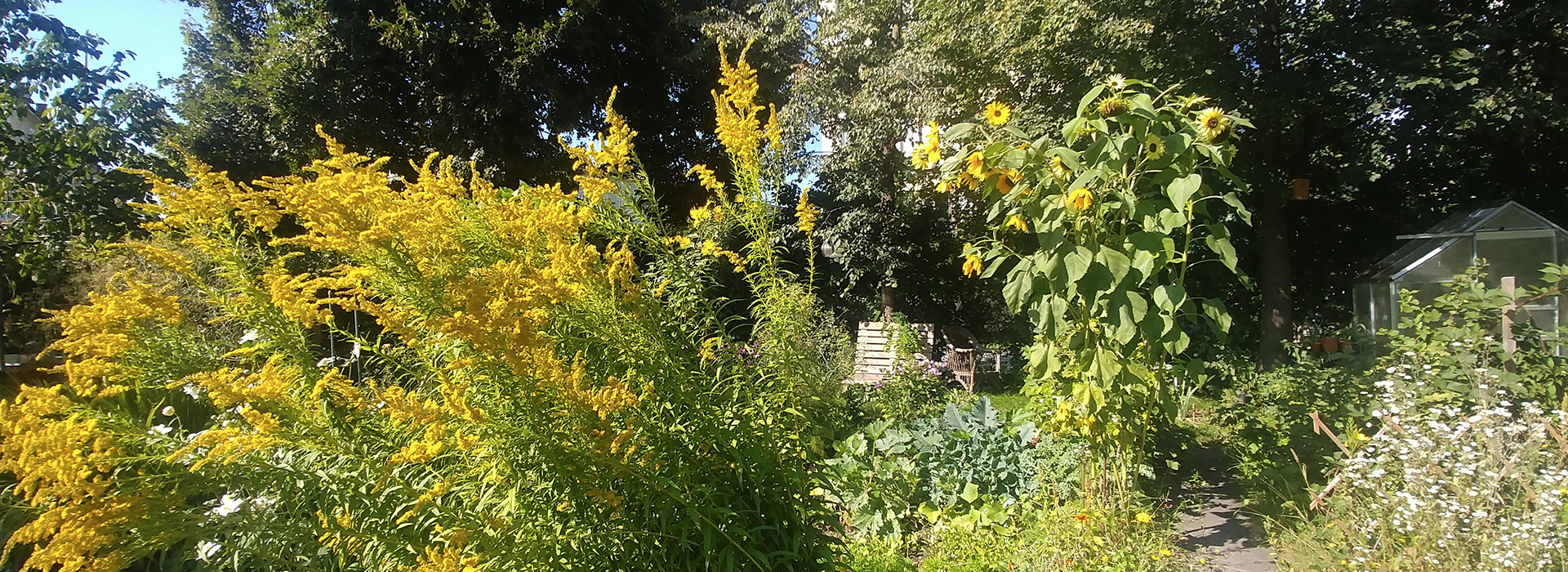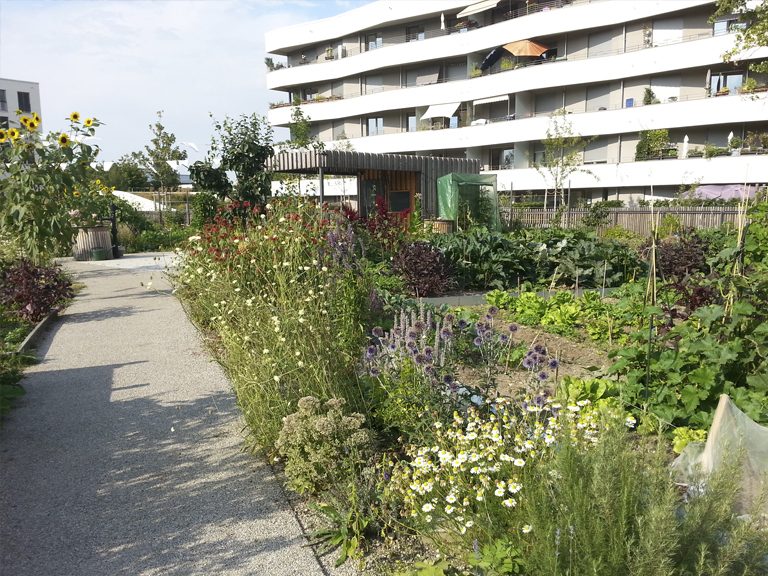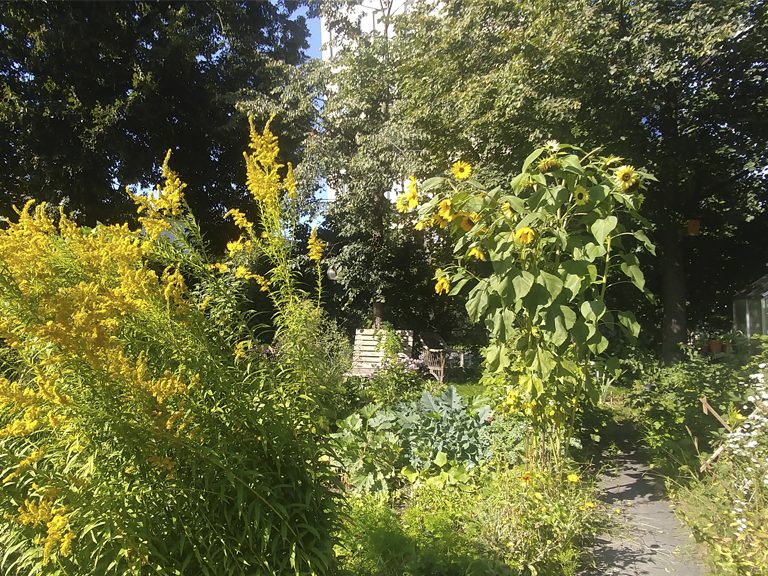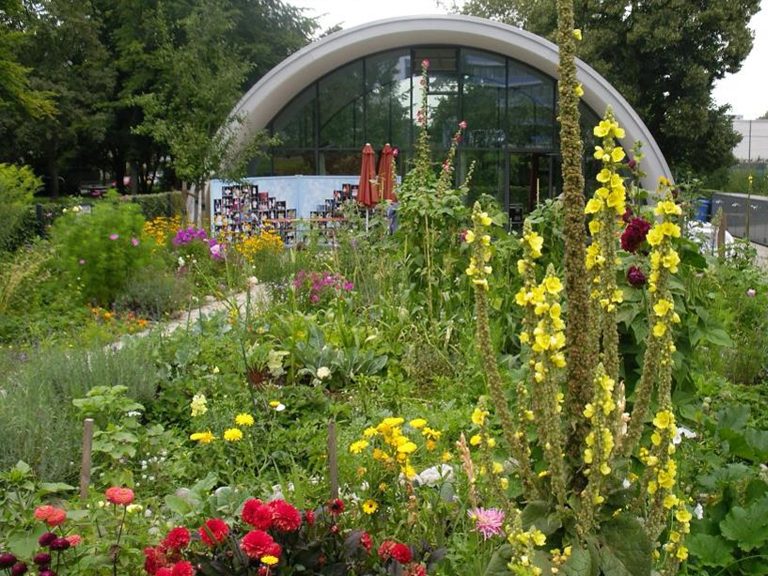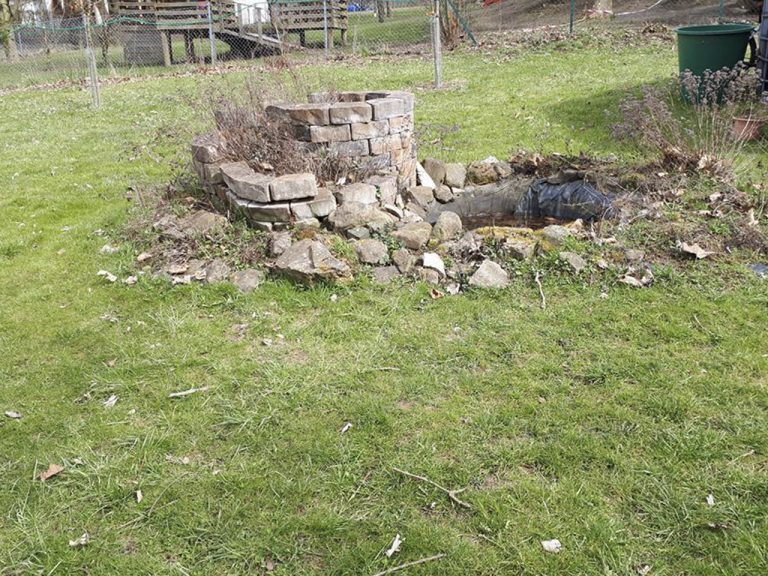Training on basics of garden design, flower-binding, rose cultivation and trade, as well as the use of blossoms to empower women.
Description of the activity
Through the “language of flowers”, contacts can be established more easily and language and social barriers can be overcome more quickly. A group of women, refugees and migrants, as well as Germans from Grone, participated in the project and took part in the design and maintenance of the flower project. On an area of about 300 m², various species of perennials and summer flowers from different regions of the world were planted and sown in the association’s peace garden. The project also included the basics of garden design, flower arrangement, seminars on herbs, on rose cultivation and trade, as well as the use of rose and herb blossoms.

 English
English  Deutsch
Deutsch  Español
Español  Svenska
Svenska 